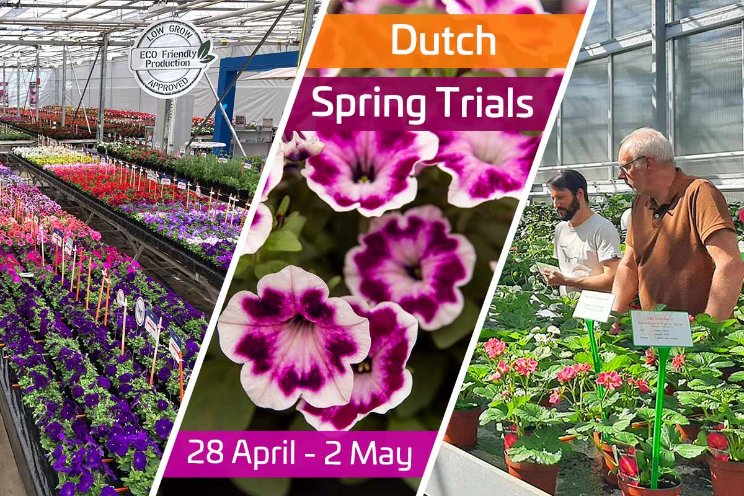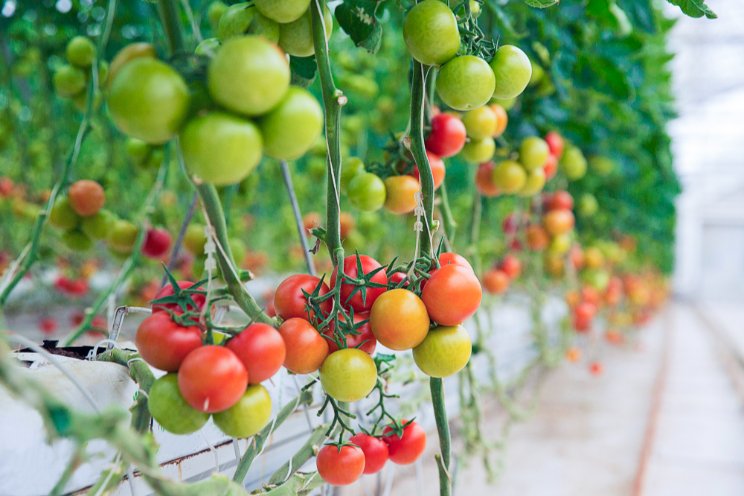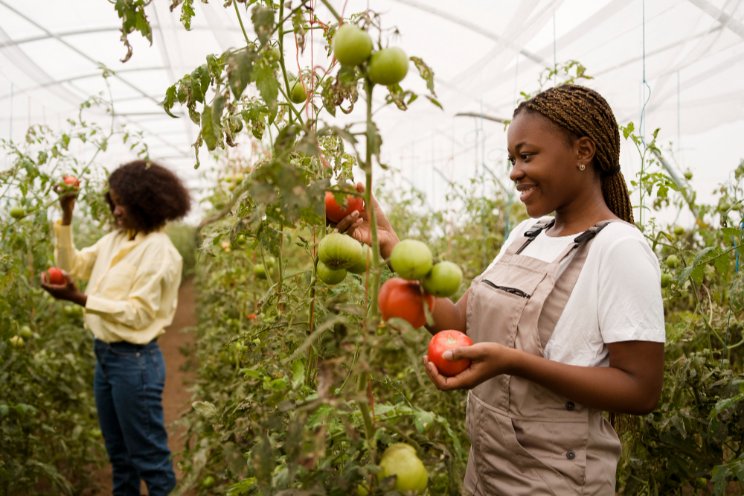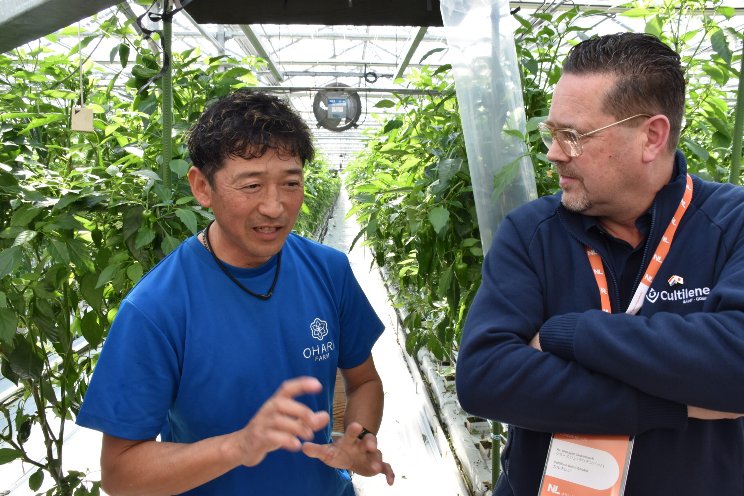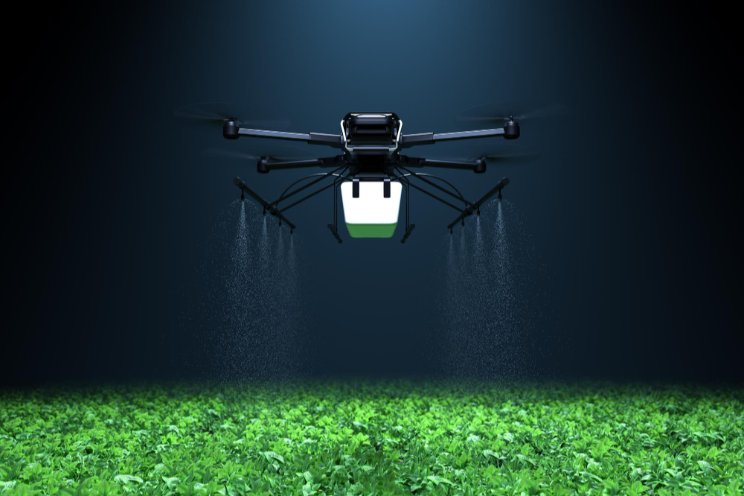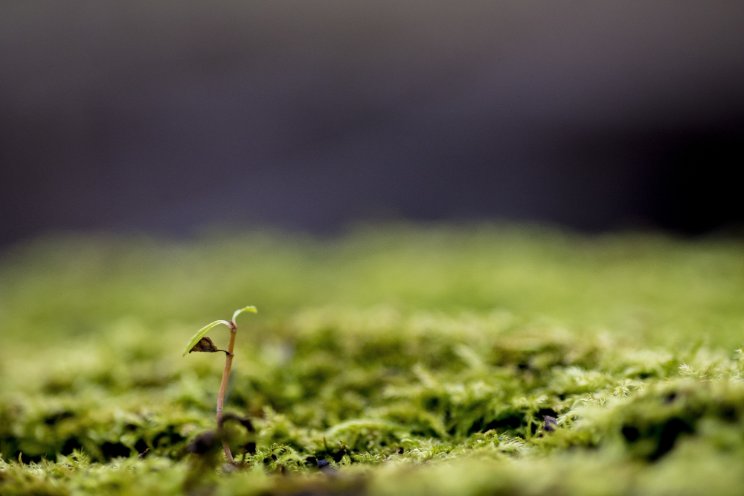How indoor ag is still primed for growth
Added on 25 August 2023

Why Closures Are Shaking the Industry
Poor farm economics are the most cited reason for farm closures. As elsewhere in farming, some vertical farms struggled to find sufficient labor to operate at capacity. Many vertical farms target the high end of the leafy green and herb market. The segment is hyper-competitive in some geographies, and was, as ever, price competitive. Indoor farming is capital intensive, and some firms were juggling several capital-intensive farm builds simultaneously. Too many vertical farms felt compelled to develop their own technology, rather than focusing on farming. That said, farming always comes with economic challenges, and these are not unique to vertical farms. As the USDA notes: “many farm households primarily rely on off-farm income.”
Some commentators have concluded that recent farm failures mean that indoor farms are not scalable, but that conclusion is premature in our view. There are few large-scale farms, and they haven’t been around that long.
Image by freepic.diller on Freepik
More news
